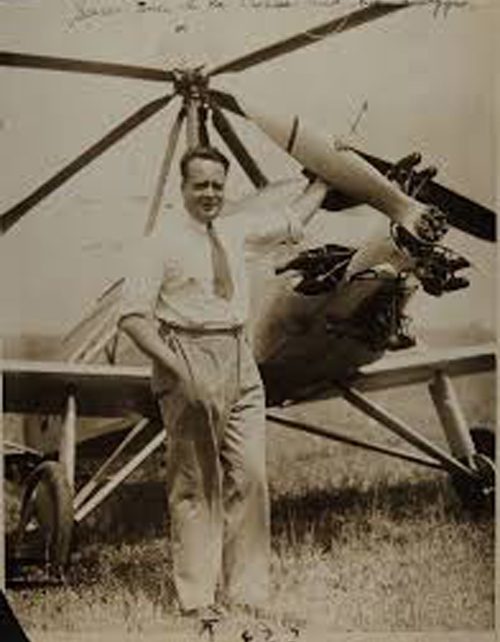At the beginning of 1923, Juan de la Cierva, a Spanish engineer, developed a rotor blade design and articulated rotor blades.
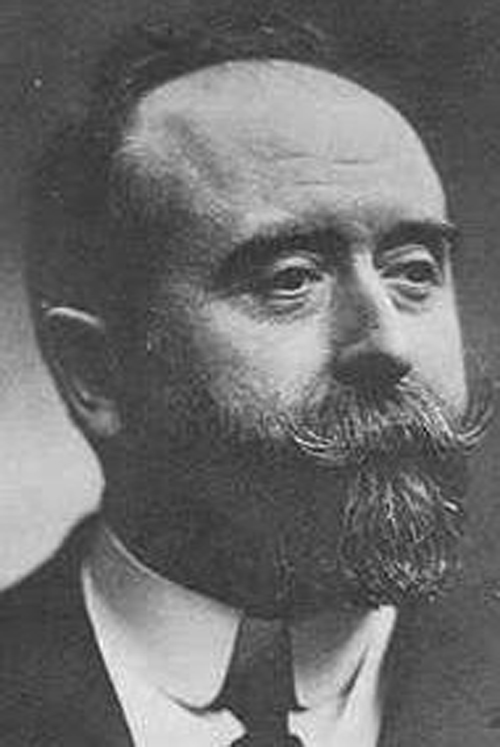
Cierva used a flexible hinge to attach the blades to a shaft. Once the articulated rotor blades began moving, the hinge enabled Cierva to control the lift created by the blades.
Once he figured out how to balance the lift and torque, he had a surprisingly stable flying machine, which he called the autogiro.
Unlike airplanes, the autogiro required only a short distance to build enough speed to take off.
Related Article – Instrument Proficiency Check (IPC): 4 Things You Need To Know
By 1925, Cierva had created the Cierva Autogiro Company, and the C.4 autogyro was reliable enough to be introduced to spectators and inventors across Europe and the United States.
Cierva and his pilot Frank T. Courtney presented the autogiro to the British Air Ministry on October 20, 1925. A few months later, they showed it off in France, and in September 1926, he took test flights in Berlin, Germany.
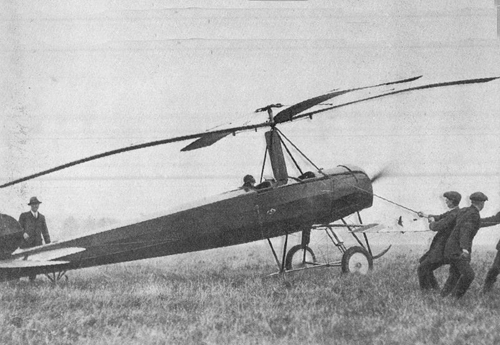
In February 1927, one of the autogyros crashed. Once it was determined what caused the accident, Cierva added a “drag hinge” that enabled each blade to drag down a bit as it rotated. This changed lessened the stress on the blades.
Additionally, Cierva added a mechanical starter that quickly brought the blades to the speed needed for takeoff.
On September 18, 1928, Cierva flew one of his improved autogyros across the English Channel. The 25-mile (40-kilometer) trip took him only 18 minutes.
After that success, he traveled 3,000 miles, or 4,828 kilometers, across Europe—a spectacle that drew large crowds no matter where he was.
In 1928, Harold Pitcairn purchased a C-8 autogyro and brought it to the United States, where it was first flown in Willow Grove, Pennsylvania.
In August 1929, spectators at the Cleveland Air Races witnessed the first public demonstration of an autogiro. It reached a maximum speed of 90 miles, or 145 kilometers, per hour.
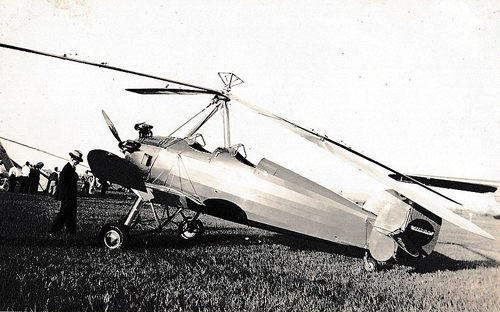
That same year, Pitcairn purchased the rights and patents necessary to build autogyros in the United States.
The Pitcairn-Cierva Autogiry Company developed three prototypes in 1929 and began manufacturing them for commercial use.
In 1931, the Detroit News placed the first order for a Pitcairn PC A-2.
Related Article – Airline Transport Pilot Certificate (ATP): 4 Things You Need To Know
A few months later, Amelia Earhart set an altitude record when she flew an autogyro to a height of 18,415 feet, or 5,615 meters.
On April 22, 1931, President Herbert Hoover presented Pitcairn with the Collier Trophy for his great achievement in aviation.
In 1932, the Cierva C-19 became the first autogyro to have a “direct control” rotor, which could be tilted. This movement enabled the machine to create a force that could pull it into different directions.
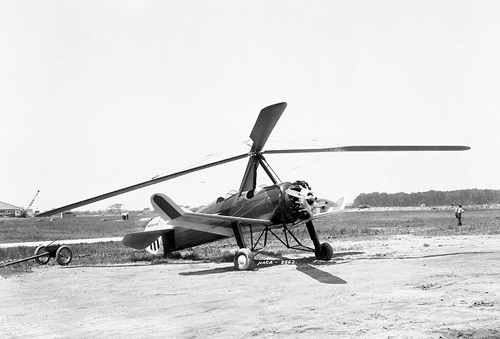
Two years later, engineers developed a device that enabled the machine to lift itself vertically into the air. At this point, the autogyro began to look like a modern-day helicopter.
In 1935, Austrian engineer Raoul Hafner developed a gyroplane that had hinged rotors, a cyclic control, and a collective control, which could change the pitch of every rotor at the same time. This enabled the gyroplane to rise and climb at a steep angle.
The cyclic pitch control enabled the pilot to “feather” the blades. On the advancing side of the rotor’s circle, a blade would take up a high-pitch position, but on the retreating side, it would assume a low-pitch one. This meant that hinges were no longer necessary for the blades to move up and down.
Even though Pitcairn and Cierva built autogyros for the U.S. Army, the machine saw only limited action during World War II.
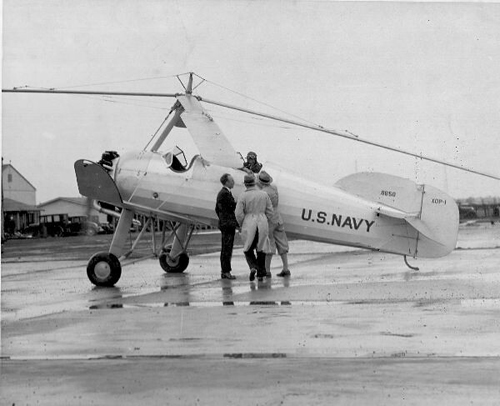
Autogyros were plagued by what is called ground resonance. This phenomenon occurs when a hard landing or a similar shock knocks the rotor disc out of balance. This shifts the center of gravity and unbalances the entire machine. This problem was one reason for the autogyro’s overall limited acceptance.
The era of the autogiro ended with the death of Juan de la Cierva on December 9, 1936 in an airplane crash.
Related Article – 12 Runway Markings and Signs Explained By An Actual Pilot
But the rotors, starters, cyclic controls, and other components developed for the autogiro ultimately led to the development of the first helicopter.

